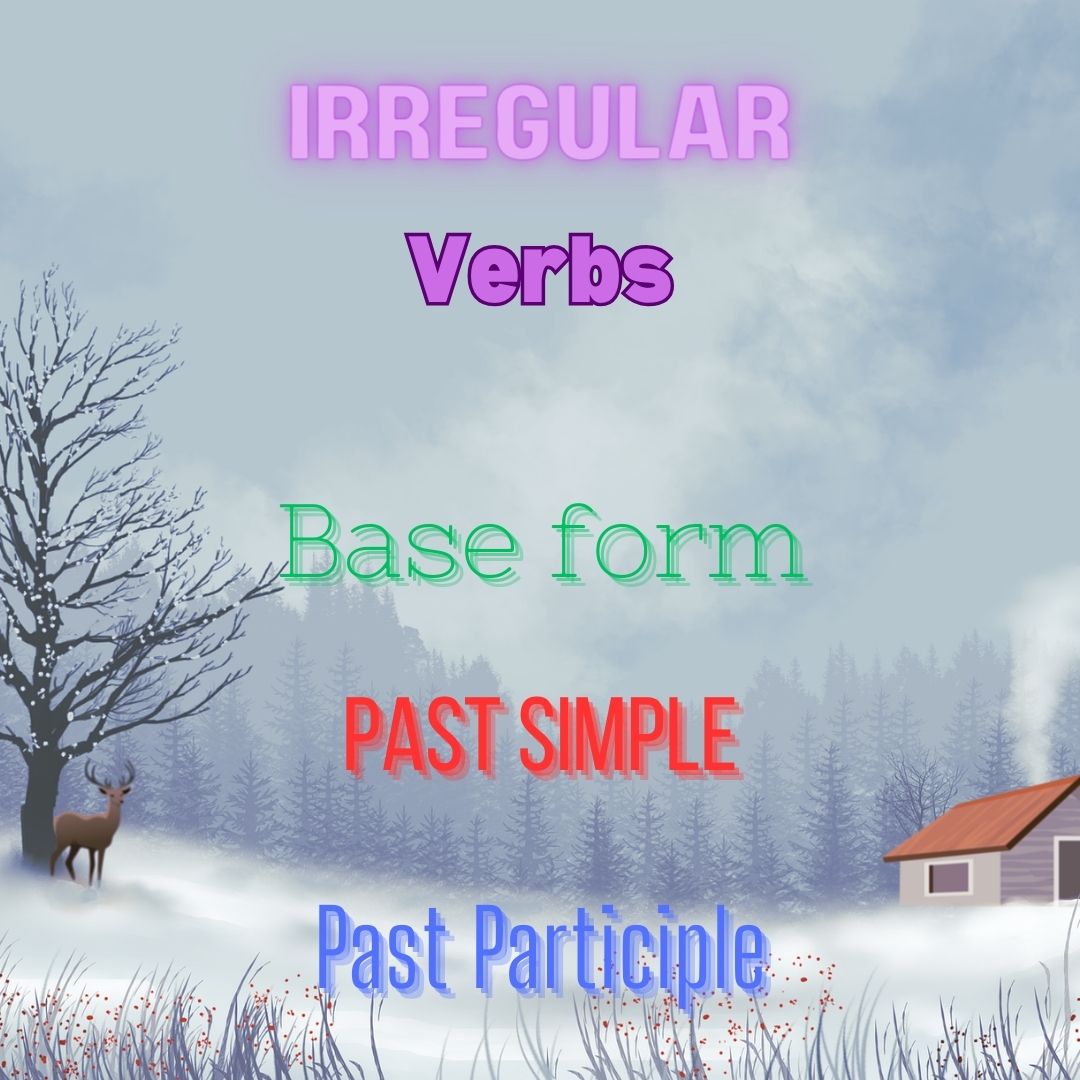Tag: base

Table of Irregular Verbs
Verbs in English can be classified into two main categories: regular verbs and irregular verbs. These categories are based on how the verbs change their forms to indicate tense, aspect, and agreement with the subject. Let's look up each category with examples:

The Gerund-Non-Finite form of the Verb
The gerund is a non-finite verb form that functions as a noun in a sentence. It is created by adding the suffix ing to the base form of a verb. The gerund can be used as a subject, object, or complement in a sentence

The Infinitive-Non-Finite form of the Verb
The infinitive is a verb form that typically uses the word to before the base form of the verb. For example: to run, to walk, to eat, etc. The infinitive form is often used as a noun, an adjective, or an adverb in a sentence.

The Future Indefinite tense ( the Future Simple)
Common adverbs that can be used with the future simple tense: tomorrow, soon, later, next week/month/year, eventually, shortly, imminently, eventually, one day, inevitably, predictably, undoubtedly, surely, certainly.

Regular and Irregular Verbs
Verbs are divided into two main groups based on how they form their past tense and past participle: Regular verbs: These verbs form their past tense and past participle by adding -ed to the base form of the verb. For example: walk becomes walked in the past tense and past participle.